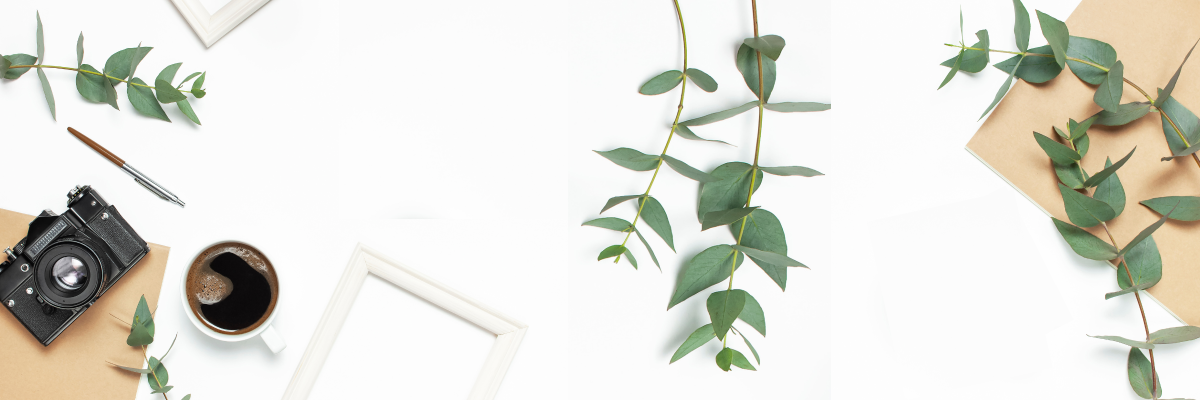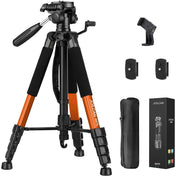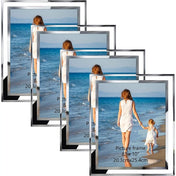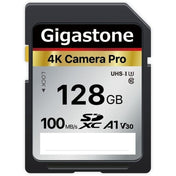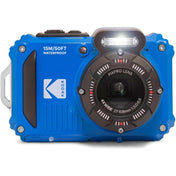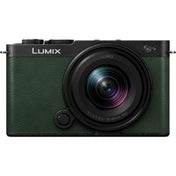Landscape photography is much more than just taking pictures of nature. It’s about capturing the essence of a place, the emotions it evokes, and the stories tied to each breathtaking view. To truly excel at landscape photography, you need to harness a range of techniques that can elevate your skills and enhance your photos. In this comprehensive guide, we’ll explore some of the best landscape photography techniques, along with how proper gear, including a multi-purpose hardcase, can play a crucial role in your journey as a photographer.
Understanding Composition in Landscape Photography
One of the most fundamental aspects of landscape photography is composition. A well-composed shot can transform a simple view into something extraordinary. Here are some essential tips for composing your landscape photographs:
The Rule of Thirds
The rule of thirds is a popular guideline that suggests dividing your image into nine equal segments using two horizontal lines and two vertical lines. By placing your subject along these lines or at their intersections, the composition becomes more balanced and engaging. This technique encourages viewers' eyes to explore the entire frame, making your images feel more dynamic.
Leading Lines
Utilizing leading lines is another effective way to guide viewers through your photograph. These lines can be natural features like rivers, roads, or fences that lead the eye to the subject of the photo. By incorporating these elements into your compositions, you'll create a sense of depth that makes your images more immersive.
Framing
Framing involves using natural elements to create a 'frame' around your subject. This technique draws attention to your focal point while also providing context. Trees, archways, or rocks can serve as effective frames, creating a more cohesive and compelling image.
Selecting the Right Time to Shoot
The time of day you choose to photograph can significantly impact the mood and quality of your images. The lighting conditions can dramatically change the atmosphere of your landscape. Here are some key times to consider:
The Golden Hour
The golden hour occurs shortly after sunrise and before sunset when the sunlight is soft and warm. This time of day is perfect for capturing stunning landscapes as it enhances colors and textures while minimizing harsh shadows. Remember to be prepared and have your multi-purpose hardcase ready to protect your gear from the elements while you chase the perfect light.
The Blue Hour
The blue hour refers to the time just before sunrise and just after sunset when the sky takes on a deep blue hue. This is an excellent opportunity for landscape photographers to capture dramatic skies and vibrant colors. The unique lighting conditions during this time can lend a magical quality to your images.
The Importance of Equipment
While the technical aspects of photography are essential, the right gear can help bring your vision to life. Having a sturdy camera bag, such as a multi-purpose hardcase, is critical for safeguarding your equipment. Below are some essential pieces of gear every landscape photographer should consider:
Camera Body and Lenses
Your camera will be the cornerstone of your landscape photography. Most professionals opt for DSLRs or mirrorless cameras, which offer the flexibility and quality needed for stunning images. Additionally, a range of lenses can help you capture various compositions, including wide-angle lenses for vast landscapes and telephoto lenses for isolated subjects.
Tripod
A tripod is an invaluable tool for landscape photography. It allows for stability, especially when shooting in low light or during long exposures. A sturdy tripod helps eliminate camera shake, ensuring sharp images. It's essential to ensure your tripod is portable enough to travel with, and pairing it with a reliable multi-purpose hardcase will provide added protection.
Filters
Filters can enhance your landscape photos by managing light and color. Polarizing filters reduce glare from reflective surfaces, while ND filters allow for longer exposures even in bright conditions. These tools can help you achieve different artistic effects in your photography.
Utilizing Techniques for Captivating Shots
Beyond understanding composition and having the right gear, there are various techniques you can employ while shooting that can lead to captivating results. Here are some notable methods:
Long Exposure Photography
Long exposure shots can create stunning results, particularly in landscapes with flowing water or moving clouds. By using a tripod and an ND filter to manage light intake, you can create silky smooth water effects or dreamy cloud movement. These effects can turn ordinary scenes into extraordinary photographs.
Focus Stacking
For landscapes, achieving sharp focus throughout the entire scene can be challenging. Focus stacking involves taking multiple shots, adjusting your focus point for each shot, and then blending them in post-processing. This technique ensures that both the foreground and background are in focus, resulting in a fully immersive image.
Capture in RAW Format
Shooting in RAW format offers greater flexibility during the editing process, allowing you to recover highlights and shadows that may be lost in JPEG files. This additional data results in richer colors and finer details, invaluable when working with landscape images.
Post-Processing Techniques
Post-processing is where the magic happens. With the right adjustments, you can enhance your landscape photographs significantly. Here are some vital processes to consider:
Color Corrections
Fine-tuning colors can breathe life into your images. Software tools like Adobe Lightroom or Photoshop allow you to adjust temperature, tint, saturation, and vibrance. Using these controls thoughtfully can help create the atmosphere captured in your original vision.
Sharpening and Noise Reduction
After adjusting colors, sharpening your image helps to highlight details and textures. Conversely, noise reduction is essential for clean images, especially in low-light conditions. Striking the right balance between sharpening and noise reduction can enhance the overall quality of your photo.
Dodging and Burning
Dodging and burning are classic darkroom techniques often used in digital photography. Dodging lightens specific areas, while burning darkens others. This method can lead to dramatic effects, emphasizing your subject and guiding viewers' eyes to the focal point of your photograph.
Tips for Outdoor Shooting
When venturing outdoors to capture landscapes, being prepared and aware of your surroundings is crucial. Here are some practical tips to keep in mind:
Know Your Location
Do thorough research on potential shooting locations before your visit. Understanding the area's geography, weather patterns, and best scenic spots can save you time and ensure a successful shoot. Use apps and websites that provide sunrise and sunset times and tide charts for coastal locations.
Safety First
Landscape photography often requires hiking or traveling to remote locations. Always ensure you have a safety plan in place. Inform someone of your plans, carry necessary supplies, and pack essential tools in a reliable multi-purpose hardcase to protect your gear from potential hazards.
Stay Patient and Observe
Patience is paramount when it comes to capturing the perfect landscape shot. Be prepared to wait for the right moment when the light, weather, and surroundings align. Take the time to observe your environment to anticipate changes, allowing for spontaneous and dynamic compositions.
Creating Your Signature Style
As you delve deeper into landscape photography, you may notice the development of a unique style that reflects your vision and artistic preferences. Here are some strategies to help you cultivate your signature look:
Experiment with Different Techniques
Don't be afraid to try new techniques, compositions, or processing styles. Experimenting can lead to surprising results and help refine your aesthetic. Consider trying abstract landscape photography, minimalism, or using unexpected color palettes.
Develop a Cohesive Portfolio
A cohesive portfolio showcasing your best work is crucial for presenting your photographic style. Curate and organize your images carefully, focusing on themes, color schemes, or techniques that resonate with your artistic intention. This collection can serve as an essential marketing tool for future projects.
Seek Feedback and Learn from Others
Joining photography communities, engaging with social media, or attending workshops can provide valuable feedback. Learning from other photographers can present new perspectives that influence your work. Don't hesitate to share your images for critique, as constructive feedback can significantly improve your craft.
Adventure Awaits: Unleash Your Potential
Landscape photography offers endless opportunities for creativity, exploration, and self-expression. By mastering essential techniques, understanding composition, and leveraging the right gear—such as a dependable multi-purpose hardcase—you can protect your equipment while focusing on capturing stunning images. As you develop your style and refine your skills, remember that every adventure is an opportunity for growth. Grab your camera, venture outdoors, and take the next step in your journey toward becoming an exceptional landscape photographer.
Discover the creativity of other Shopify or Wix store owners by visiting their stores. Follow this link to their online store. Please remember that this is a promotional link, and we assume no liability for the content of the linked store.

